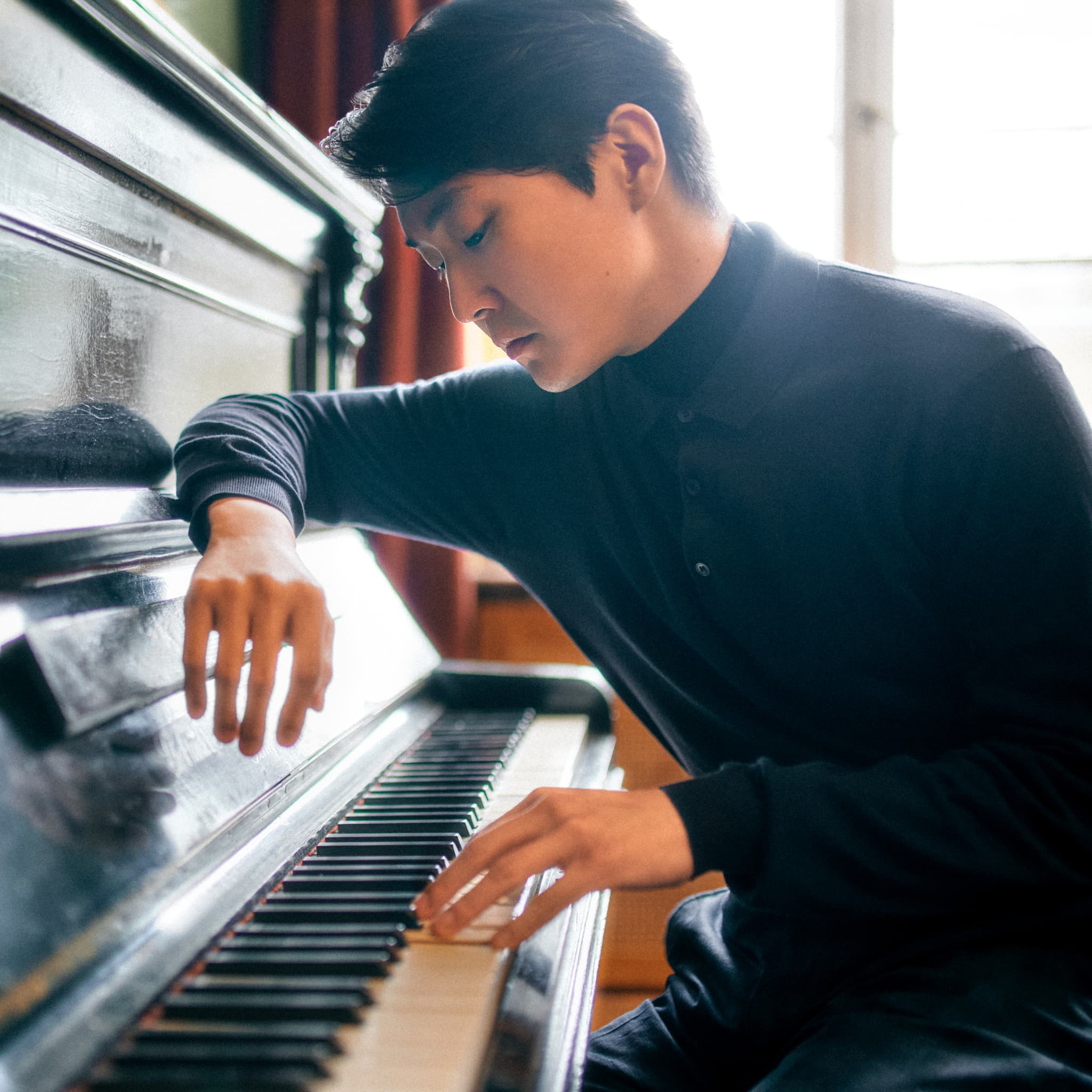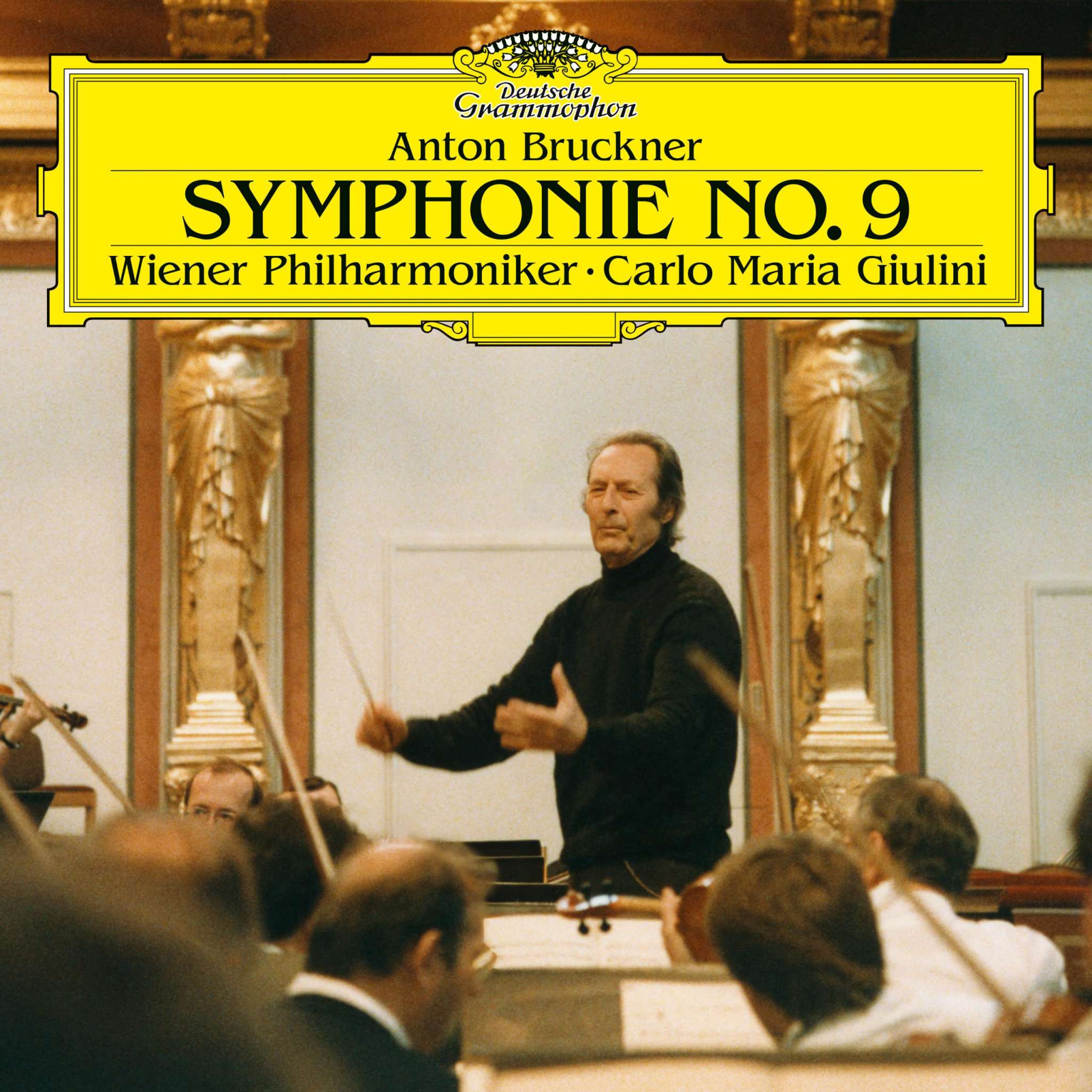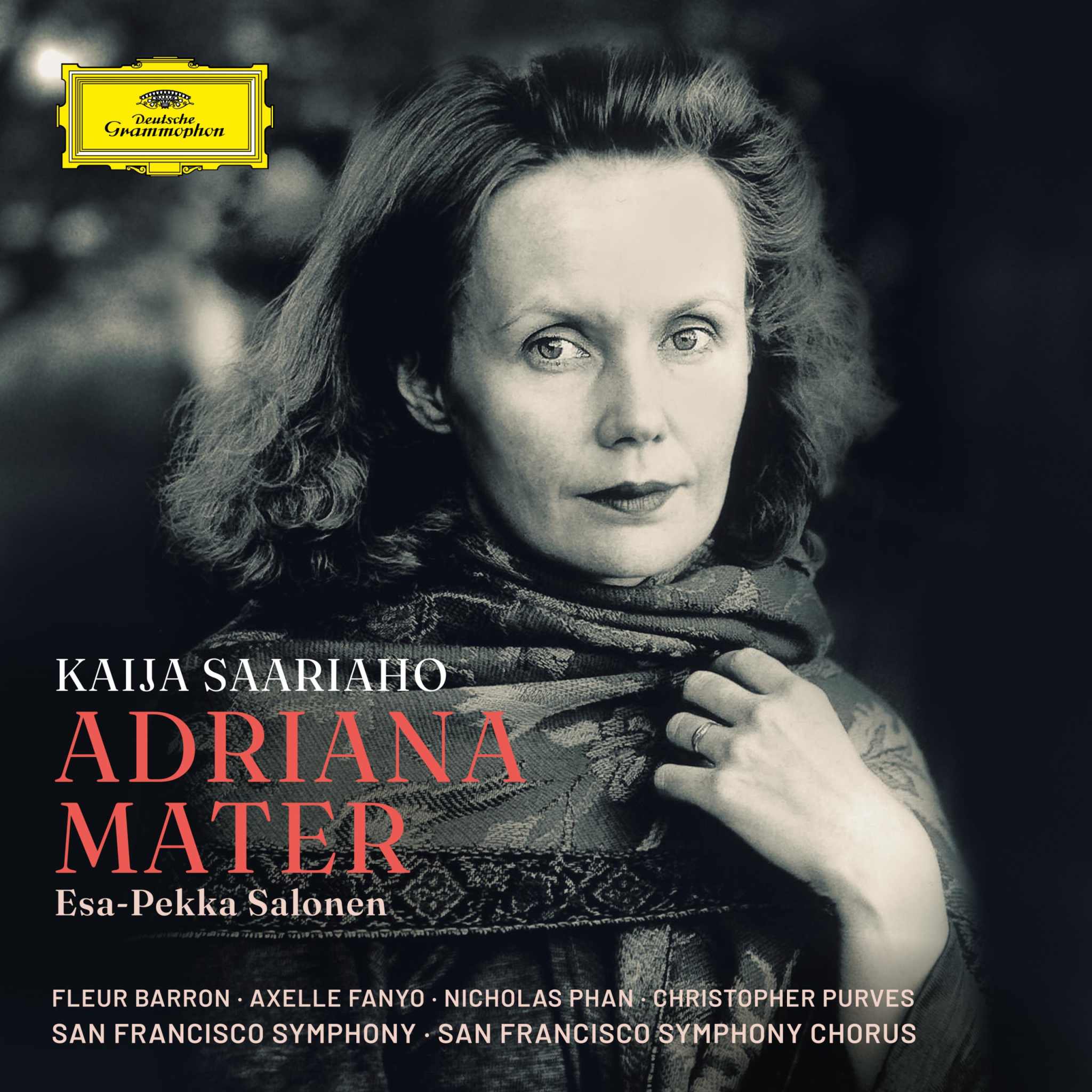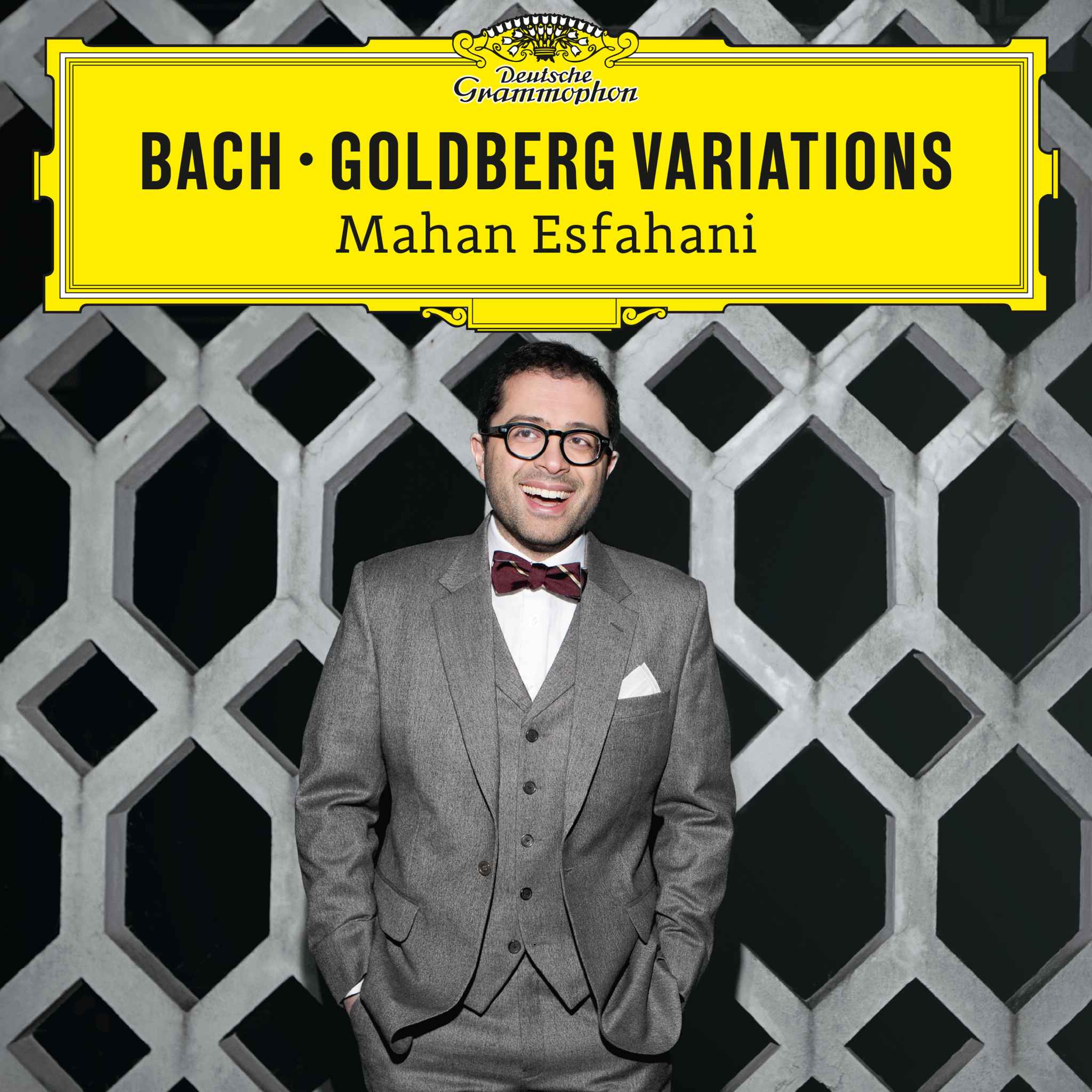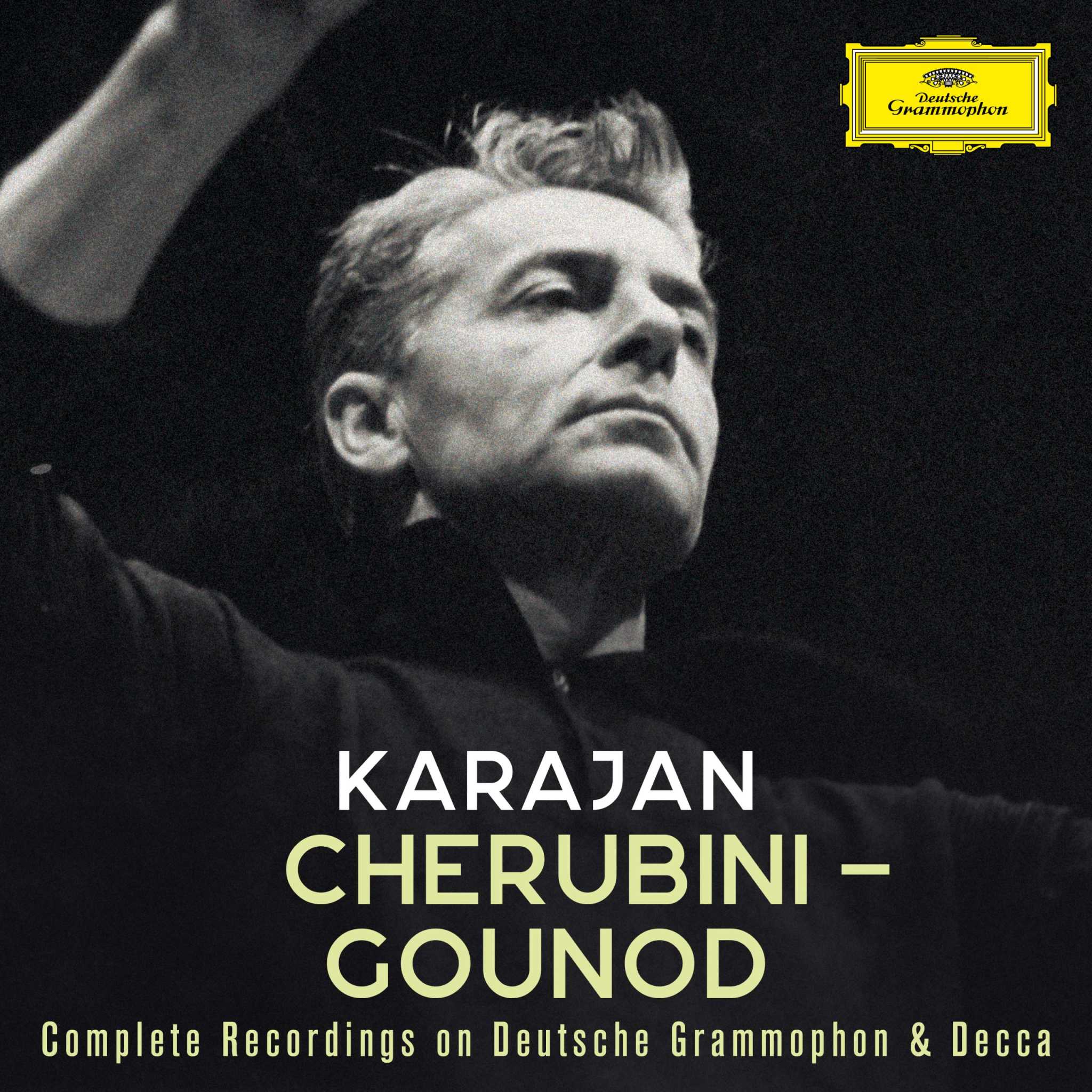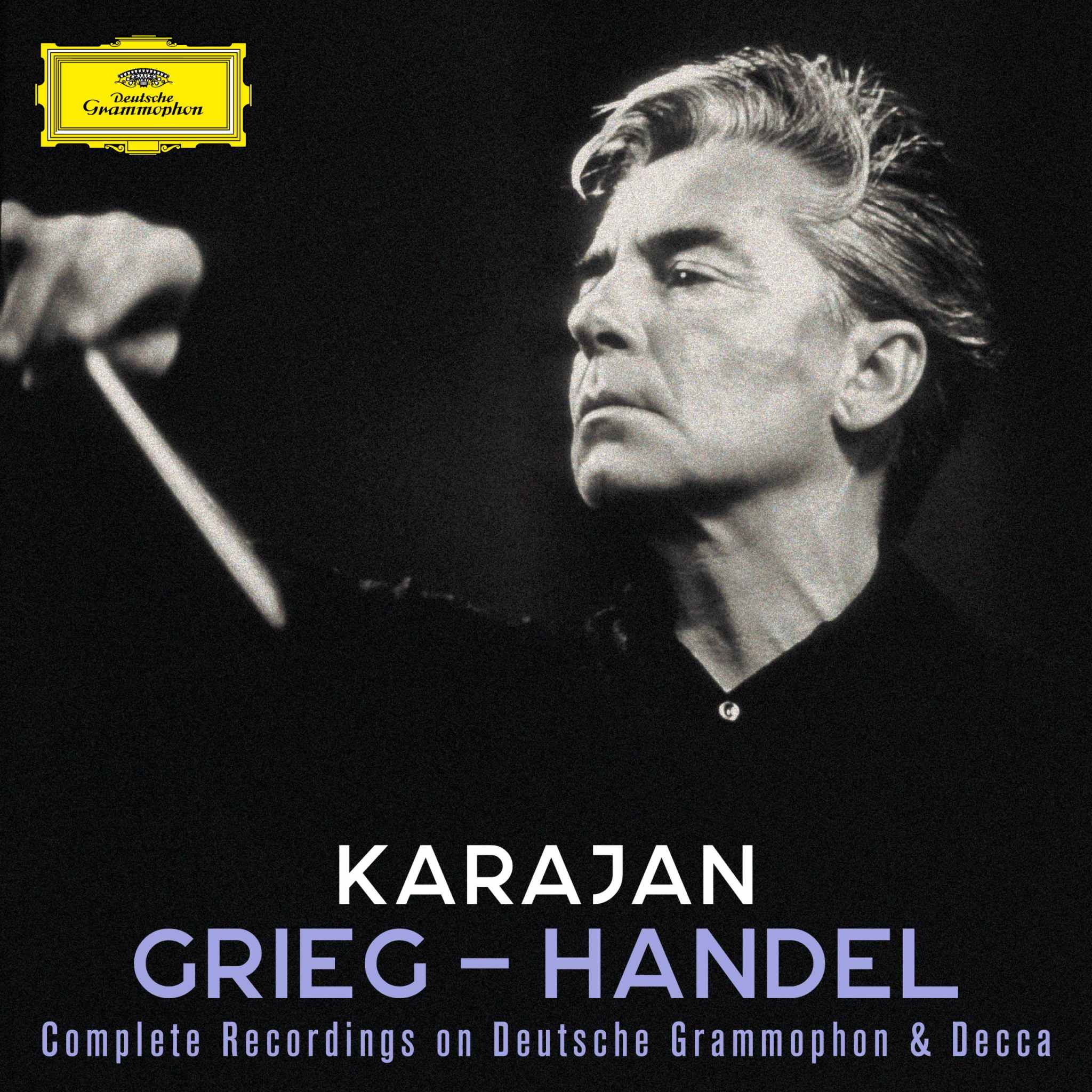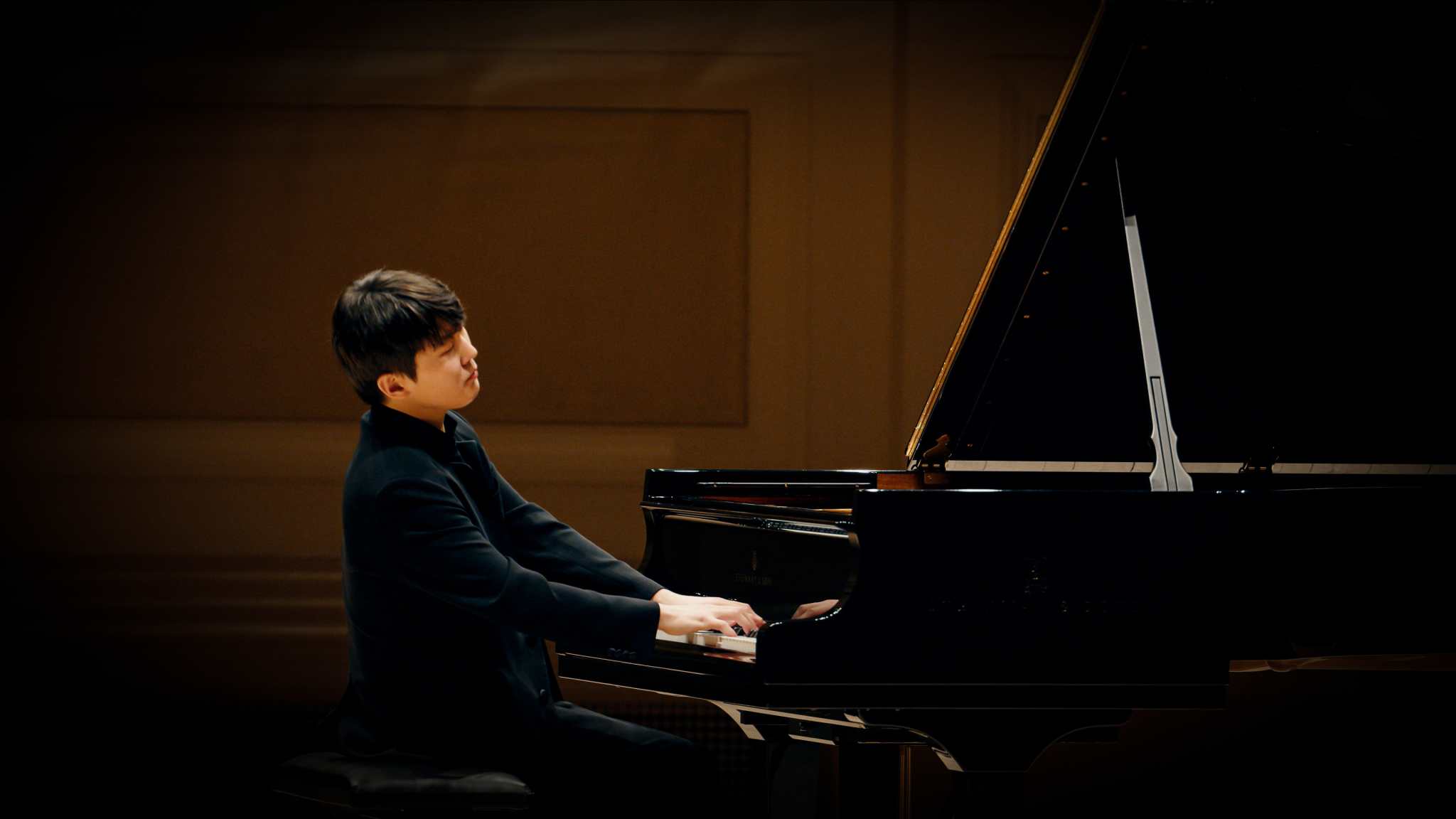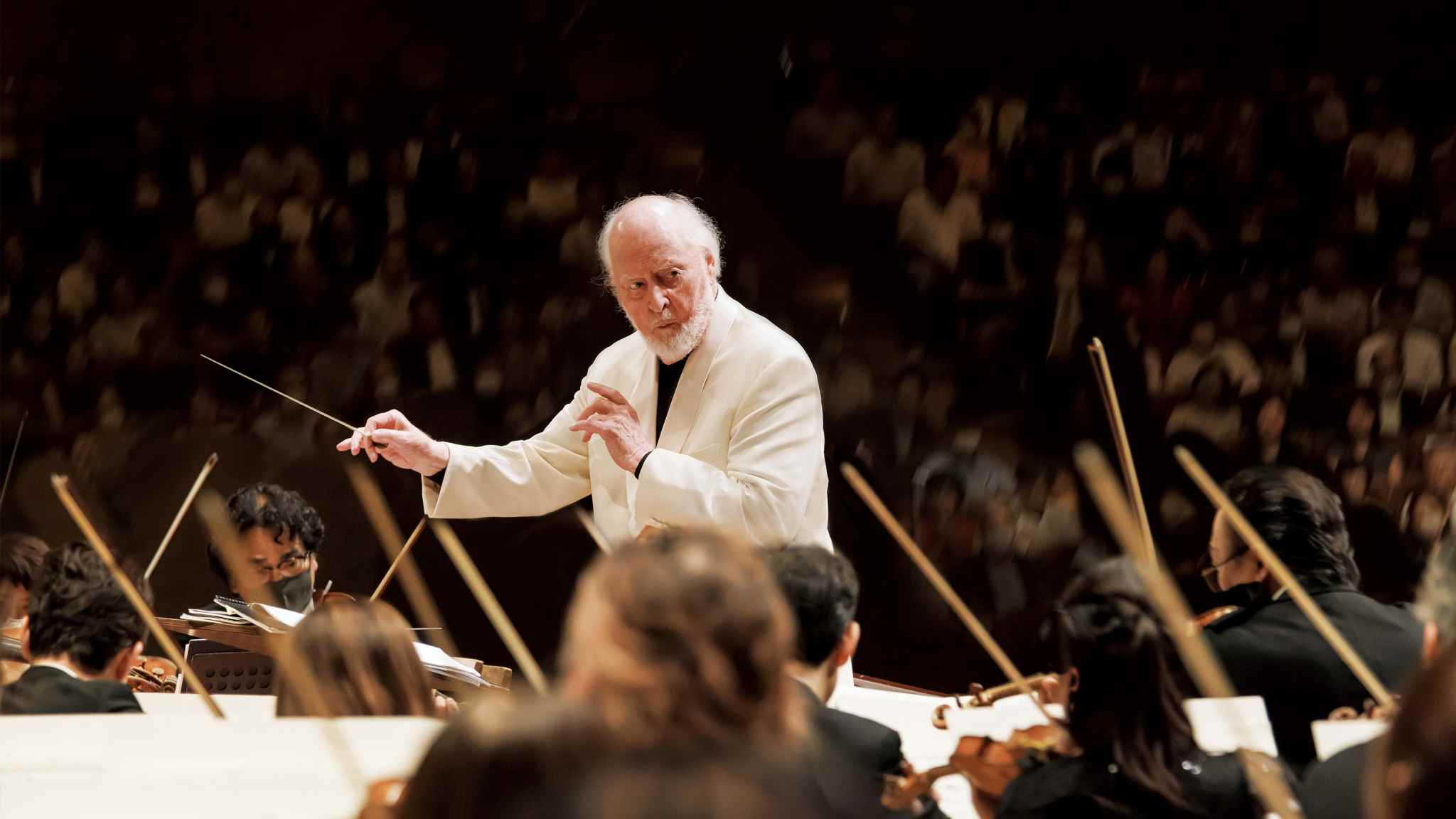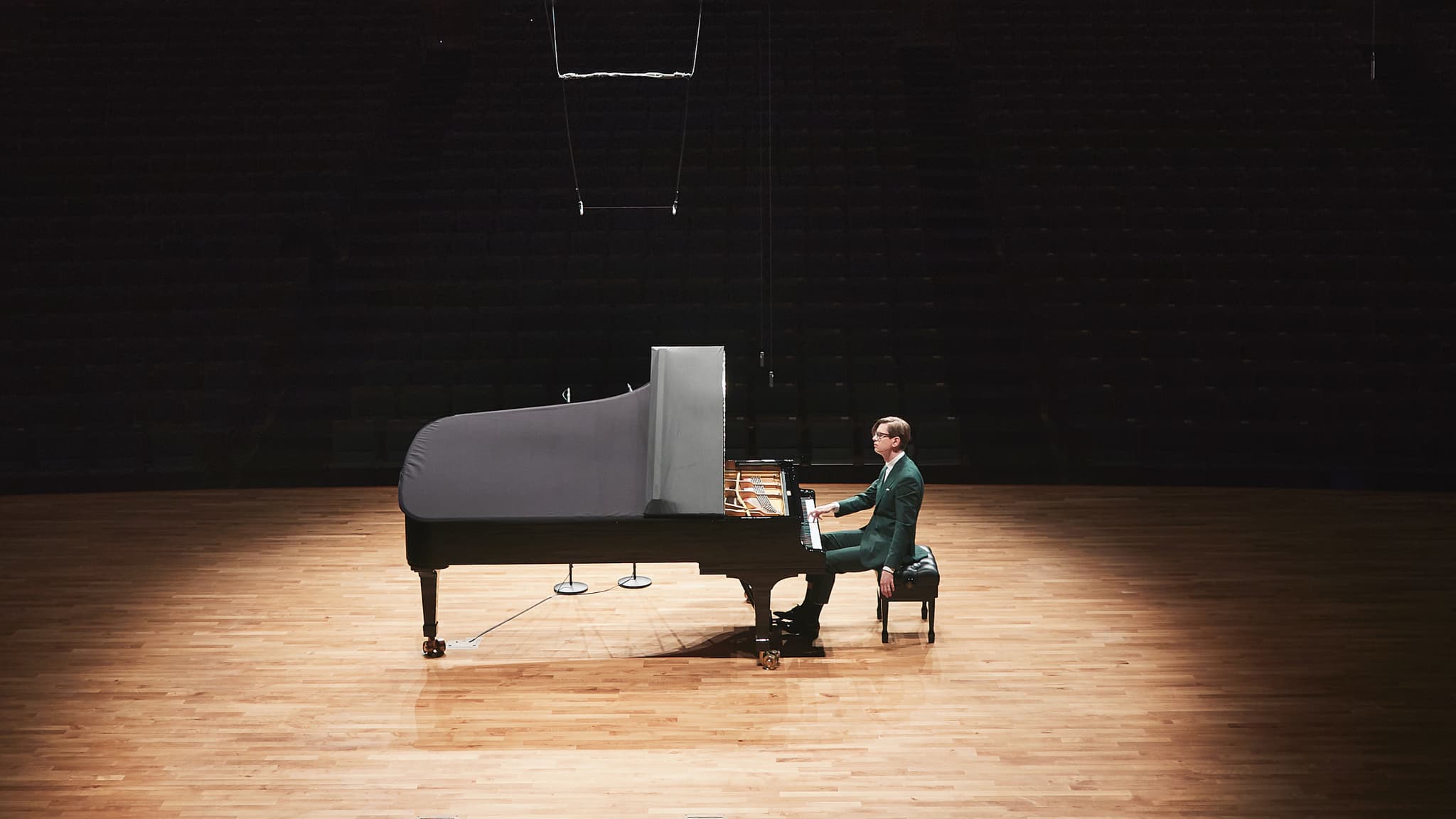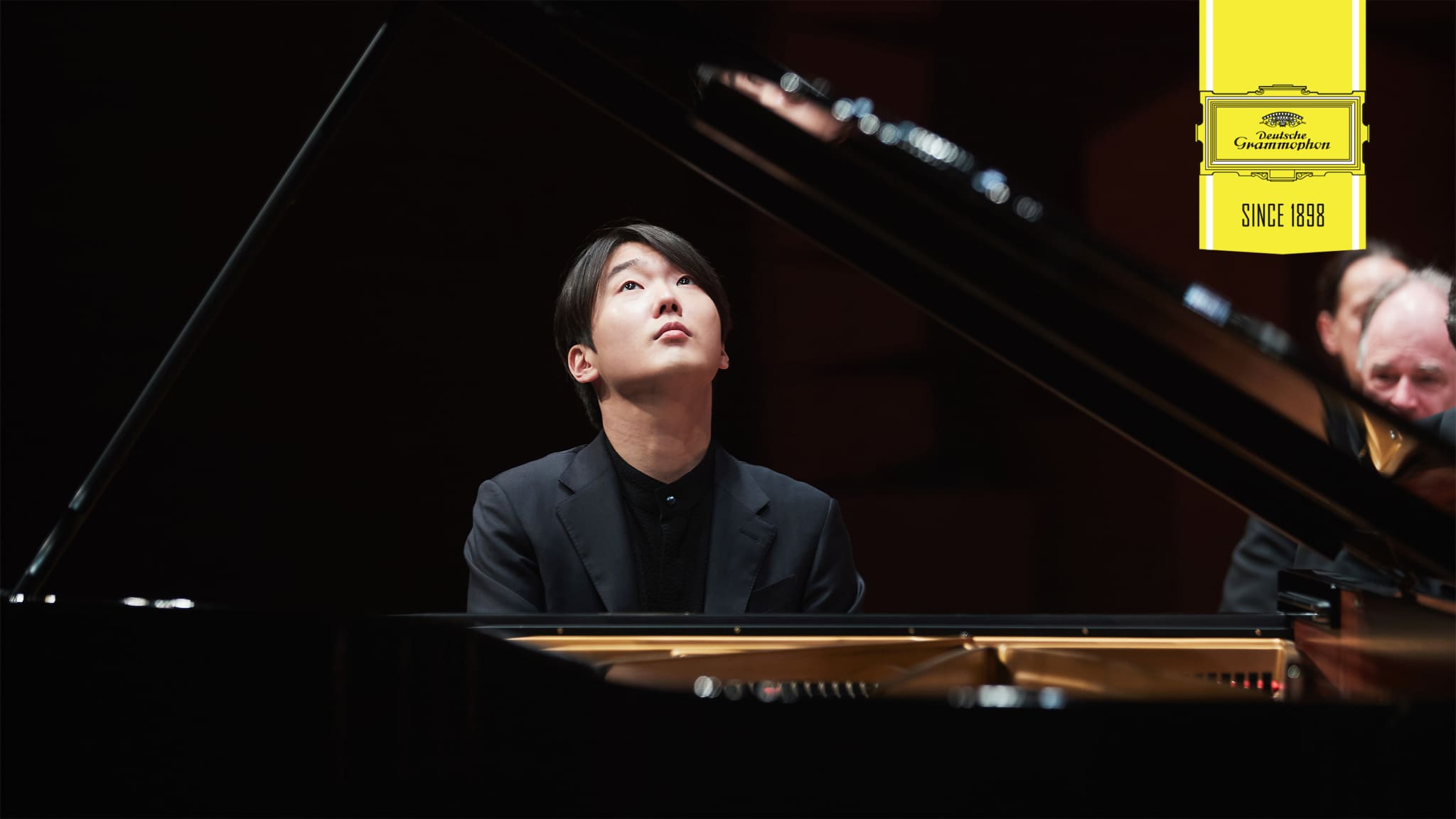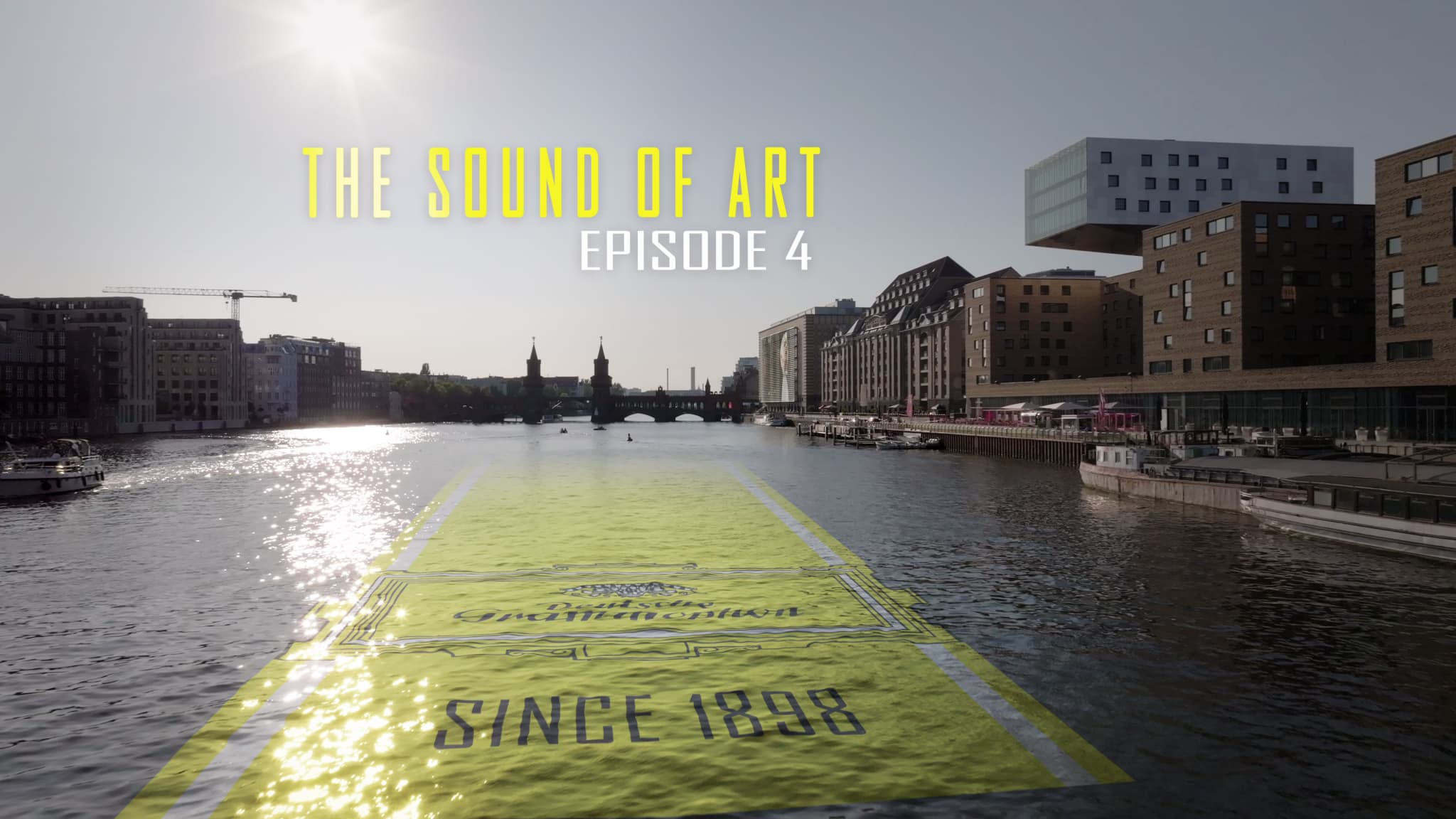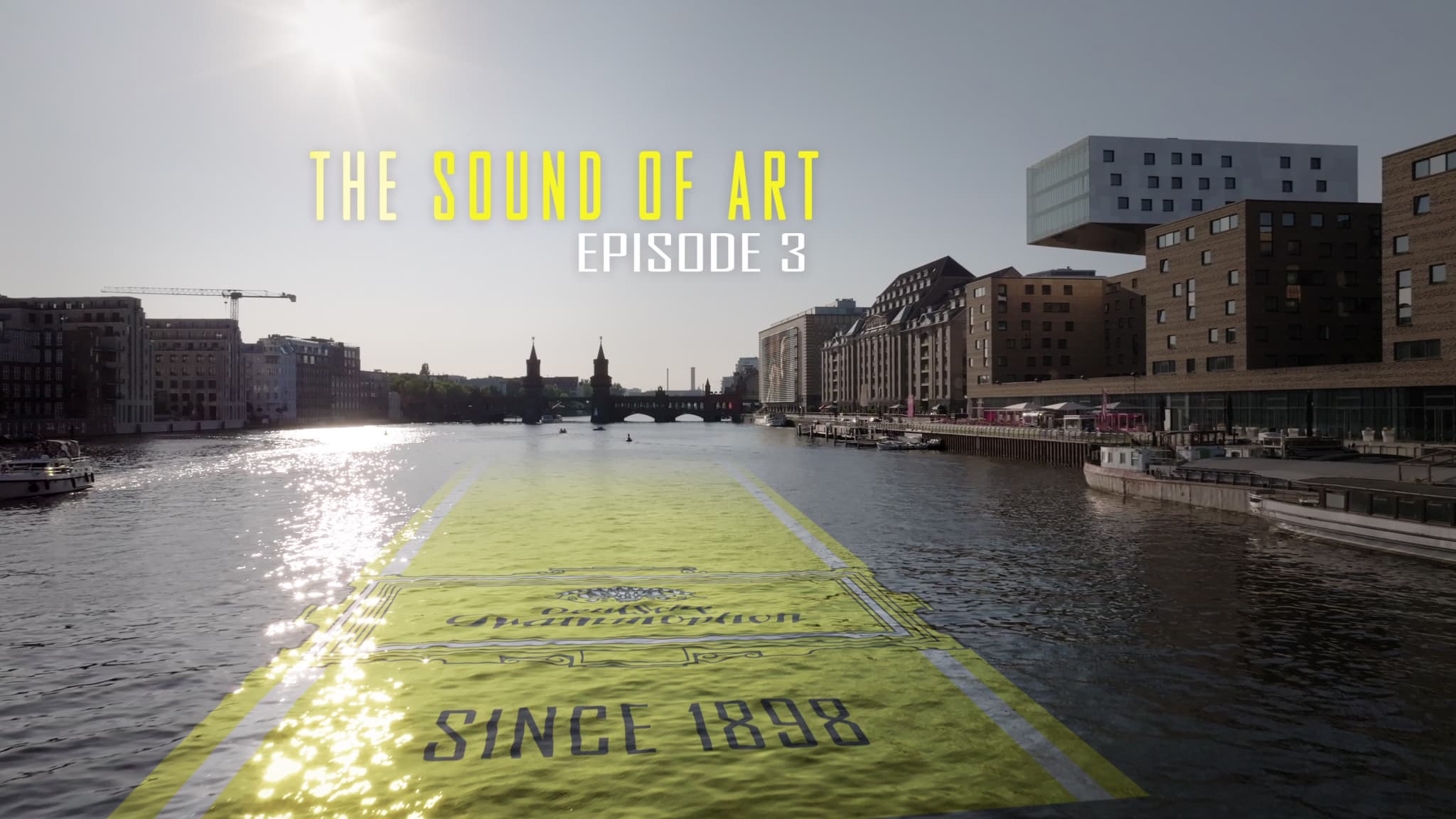All Albums
Featured Artists
New in Dolby Atmos
Award-winning Albums
Classic Albums
Karajan A-Z
Boulez A-Z
Abbado A-Z
Bernstein: Complete Recordings
New on STAGE+
Interviews
About
Deutsche Grammophon

Deutsche Grammophon was founded in Hanover on 6 December 1898 by Emil Berliner, the inventor of the record and the gramophone, and his brother Joseph. In 1902 it made its first recording with Enrico Caruso, while 1913 saw it make the first complete recording of an orchestral work in 1913: Beethoven's Fifth Symphony with the Berlin Philharmonic Orchestra under the direction of Arthur Nikisch.
These were the foundations for the company that quickly made history as the most important classical music label in the world – a history of superlatives and innovations.
Such artists as Wilhelm Kempff, Maria Ivogün, Hans Pfitzner and Wilhelm Furtwängler came to define the 1920s on the label, while the 1930s – despite increasing restrictions imposed by National Socialism – saw Herbert von Karajan release his first; he would go on to make more than 300 recordings for the company.
In the 1940s, Eugen Jochum, Ferenc Fricsay and Dietrich Fischer-Dieskau made their recording debuts and Deutsche Grammophon introduced its yellow label – the tulip crown logo in 1949 and the "cartouche" eight years later. Even today, this trademark is a seal of quality for the finest classical music productions.
After the war, the label started working with the conductors Karl Böhm and Rafael Kubelík and later, in the 1960s, with Martha Argerich and Claudio Abbado – whose numerous recordings over the next few decades include the symphony cycles of Beethoven, Brahms, Mahler, Mendelssohn and Schubert and over a dozen operas.
In the 1970s, conductors Daniel Barenboim, Seiji Ozawa and, most prominently, Leonard Bernstein began their long-standing partnerships with the company. And at the end of the decade, the 14-year-old Anne-Sophie Mutter launched her unprecedented career when she makes her first recording with the Berliner Philharmoniker under the direction of her mentor Herbert von Karajan.
Several of Deutsche Grammophon's most important pianists, on the other hand, characterize the 1980s. Ivo Pogorelich, Maurizio Pollini and Krystian Zimerman made outstanding recordings, and the legends Rudolf Serkin and Vladimir Horowitz also joined Deutsche Grammophon.
The end of the century saw two celebrated conductors – Pierre Boulez and André Previn – enter a new phase of collaboration with the label, as well as the signing of two star baritones: Bryn Terfel and Thomas Quasthoff.
Since the beginning of the millennium, Deutsche Grammophon has worked with a new array of truly world-class artists including Rolando Villazón, Hélène Grimaud, Lang Lang, Yuja Wang and Hilary Hahn, while establishing relationships with such conductors as Gustavo Dudamel, Esa-Pekka Salonen and Andris Nelsons. Today it continues its work with the finest classical musicians on the planet: Víkingur Ólafsson, Bruce Liu, María Dueñas, Joana Mallwitz, Seong-Jin Cho, Alice Sara Ott, Raphaël Feuillâtre, Jonathan Tetelman, Nadine Sierra, André Schuen and many more. It has simultaneously looked to redefine the definition of a classical label in the 21st century working with the film music legends John Williams and Joe Hisaishi, as well with such other groundbreaking composers and musicians as Max Richter, Roger Eno, Peter Gregson, Hania Rani and Dobrawa Czocher, and Moby.









